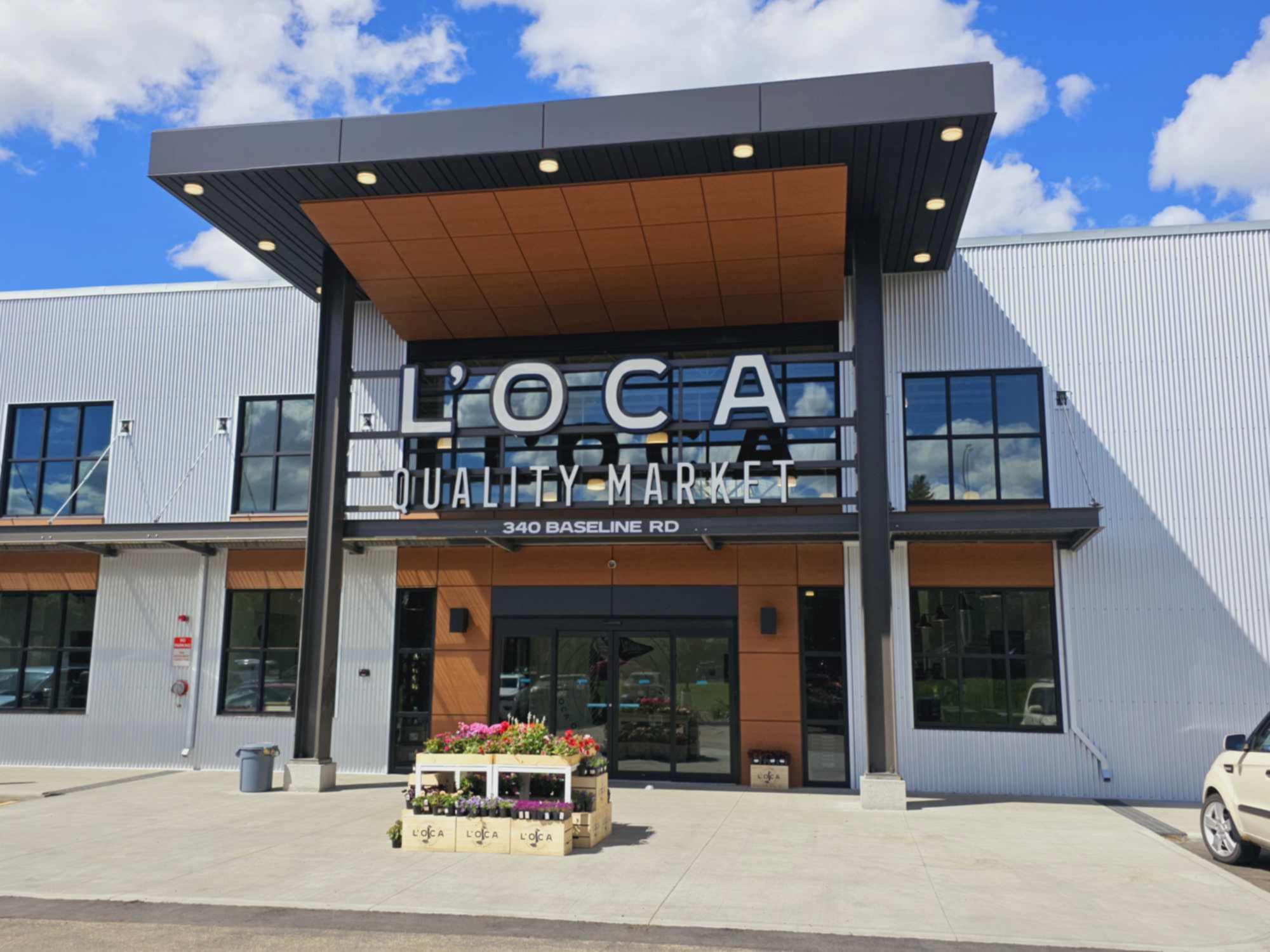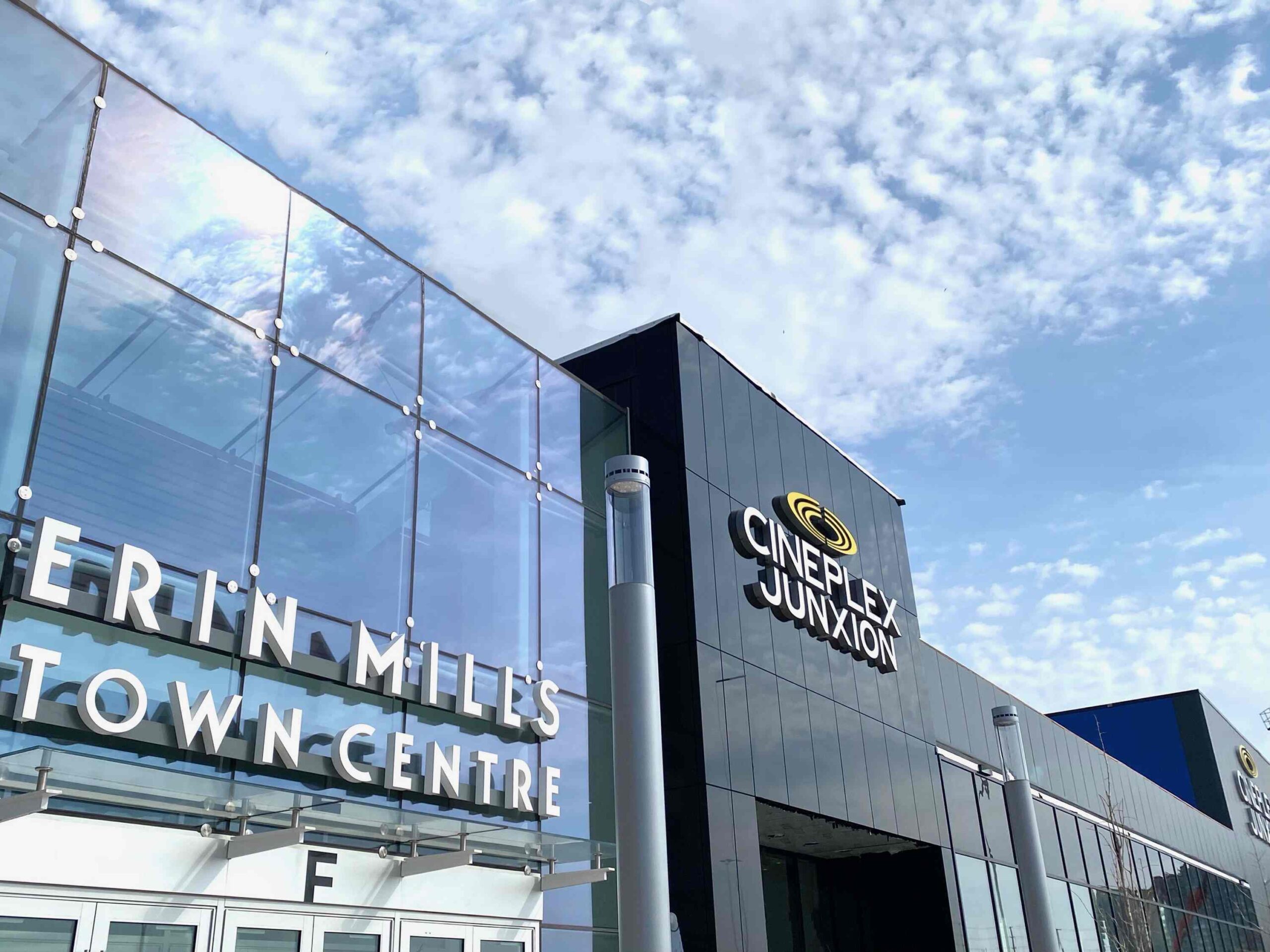Groupe Dynamite, parent company of the Garage and Dynamite banners, is emerging as a standout performer in Canadian retail. The Montreal-based fashion group posted second-quarter fiscal 2025 results that exceeded expectations, driven by strong comparable sales, robust profitability, and the success of its evolving store concept. The results highlight a rare bright spot in apparel retail, underscoring the power of fast execution and bold marketing strategies.
In the second quarter, Groupe Dynamite reported comparable sales growth of 25.7 percent on a constant currency basis. This was well ahead of consensus estimates of roughly 16.7 percent. The company also delivered its best profitability in three years, with EBITDA margins climbing to 36.9 percent. Gross margin slipped by 239 basis points to 63.6 percent due to tariff impacts, but this was more than offset by a 550-basis-point reduction in SG&A expenses, reflecting better fixed cost absorption. The net effect was an EBITDA margin increase of 310 basis points year-over-year.
Quarterly earnings per share also came in ahead of expectations, with Q2 FY25 EPS at $0.57, up 43 percent year-over-year. This exceeded Stifel’s forecast of $0.42 and consensus of $0.44.
Martin Landry, analyst at Stifel, noted that the results far surpassed expectations, prompting an upward revision to earnings and revenue forecasts. Stifel now projects fiscal 2025 revenue of C$1.19 billion and fiscal 2026 revenue of C$1.38 billion. EPS estimates have also been raised, with the brokerage expecting C$1.74 in fiscal 2025 and C$2.02 in fiscal 2026. Stifel lifted its target price on the company’s shares to C$53.
Updated Guidance Reflects Momentum
The company raised its fiscal 2025 comparable sales guidance to between 17 and 19 percent, up from earlier forecasts. Management also expects EBITDA margins between 32 and 33.5 percent for the year. The outlook reflects confidence in continued traffic gains, effective paid digital campaigns, and disciplined inventory management. Inventory currently sits at approximately 45 days of sales, a lean position that helps mitigate fashion risk.
Central to Groupe Dynamite’s success is its ability to move quickly from concept to store. About 31 percent of the company’s SKUs now move from fabric to shelf in under eight weeks, a speed advantage that allows the banners to respond nimbly to emerging trends. This agility, combined with marketing designed to resonate with Gen Z shoppers, has created a cycle of repeat visits and high engagement.
Landry pointed out that low inventory days and rapid design-to-shelf turnaround reduce markdown exposure, boosting profitability even in a volatile fashion environment. The strategy places Groupe Dynamite ahead of competitors weighed down by longer product development timelines.

Store Concept Driving Traffic and Basket Size
The retailer’s “Dynamite 3.0” store format is another growth lever. Early openings in Montreal’s Royalmount, West Edmonton Mall, and Saint-Bruno have shown higher traffic and larger average order values compared to legacy stores. The format emphasizes modern design, enhanced digital integration, and experiential elements to engage shoppers. A broader rollout is expected as results confirm the model’s effectiveness.
This format strategy reflects a wider industry shift in which physical stores are not just transactional but experiential, designed to drive dwell time and basket expansion. For Groupe Dynamite, the store upgrades are complementing its already strong digital performance.
Risks on the Horizon, A Rare Bright Spot in Canadian Apparel
Despite its strong showing, risks remain. Approximately 75 percent of Groupe Dynamite’s products are sourced from China, leaving the company exposed to potential tariff changes and geopolitical shifts. Additionally, reliance on a Gen Z-focused customer base means the brand must consistently stay ahead of fast-moving fashion cycles. The company’s multiple-voting share structure and low liquidity also pose challenges for some investors.
Still, analysts see considerable upside. Stifel’s latest revision underscores that Groupe Dynamite has become one of the busiest traffic drivers in enclosed malls, a position that gives it negotiating leverage with landlords and visibility with consumers.
At a time when many apparel retailers are struggling with declining foot traffic and heavy discounting, Groupe Dynamite is bucking the trend. Its Q2 results show that fast execution, smart marketing, and store innovation can generate both sales growth and profitability. The company’s ability to adapt quickly to consumer tastes and to invest in high-performing retail formats makes it one of the few growth stories in Canadian apparel retail.
















